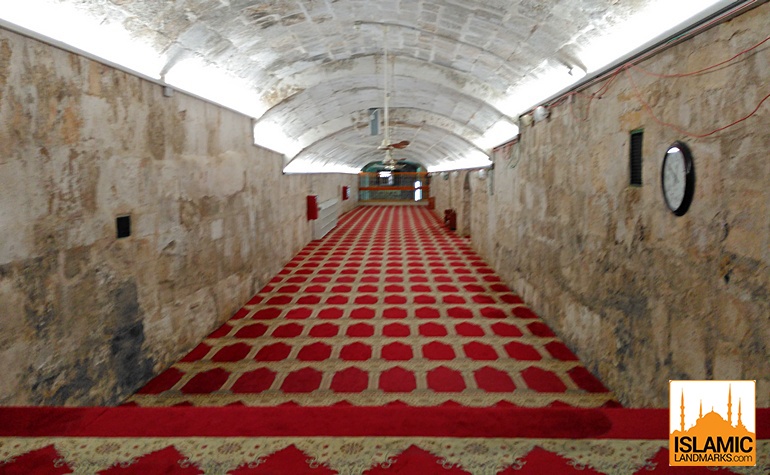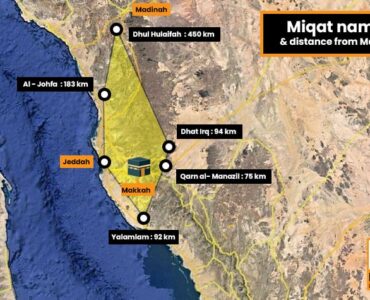This praying area, which is underground and on the south-east side of the al-Aqsa compound is the Marwan-e-Masjid. When the Crusaders had control of the mosque they used to use this area as stables for their horses and it became known as Solomon’s stables.
- The Marwan-e-Masjid is the largest prayer hall in Masjid al-Aqsa. It can hold up to 10,000 people for salah.
- Although known traditionally as ‘Solomon’s stables’, the original creation of the space is unlikely to date as far back as Prophet Sulaiman (عليه السلام). It can more plausibly be attributed to Herod the Great who substantially extended the platform during his reign.


- Islamic tradition credits a Umayyad caliph named Marwan I with transforming this area of vaults into a series of usable rooms. Note that this ground floor is the original floor level of Masjid al-Aqsa. Masjid al-Qibly was built on top of this level.
- It featured as a basement for Masjid al-Aqsa up until the time of the Crusades. The Crusaders converted the space into stables for their horses. Holes can be seen on the base of many of the columns which were made by the Crusaders to thread rope to tie their horses. It is estimated that 400 horses were kept here at one time.
- After Salahuddin Ayyubi won back Masjid al-Aqsa, he had this area cleaned and it became a basement again.


- In 1996, the Palestinian Waqf converted the area (which had largely remained empty) into a modern mosque. During Ramadhan, many people perform i’tikaf here.
- Marwan-e-Masjid is also known as Musallah Marwani.


- Video of the interior:
References: Masjid al-Aqsa – Dr.Abdallah Marouf, Wikipedia
















